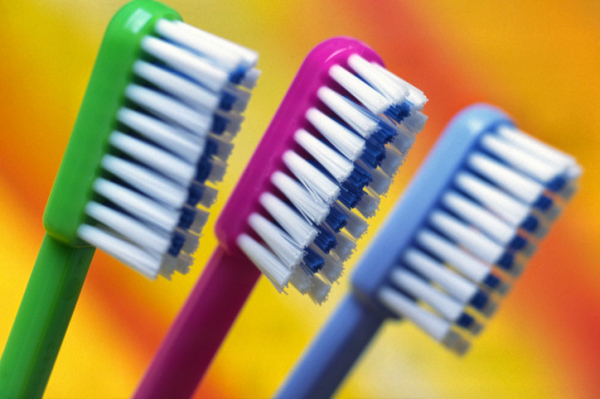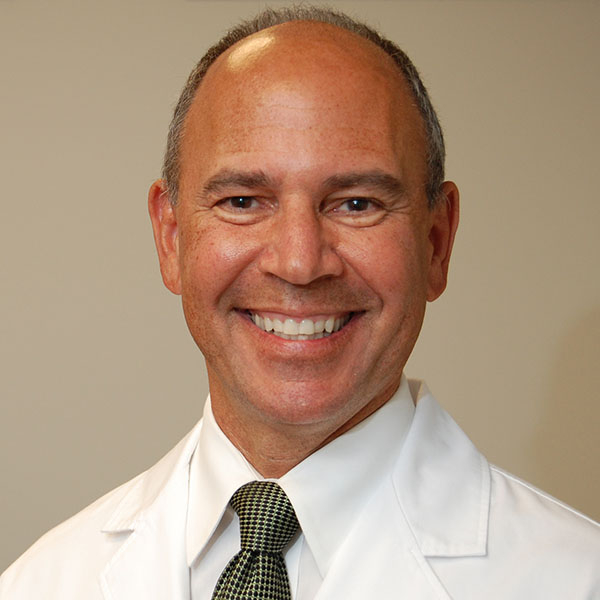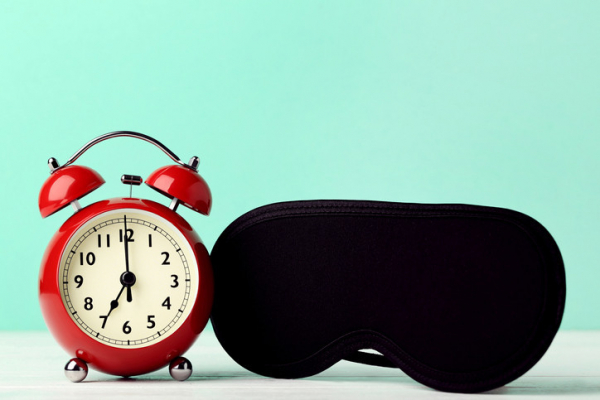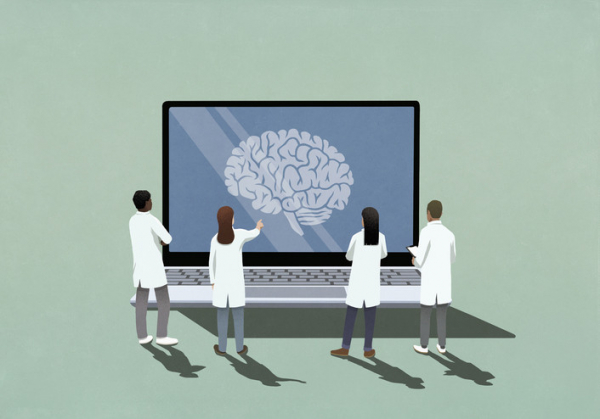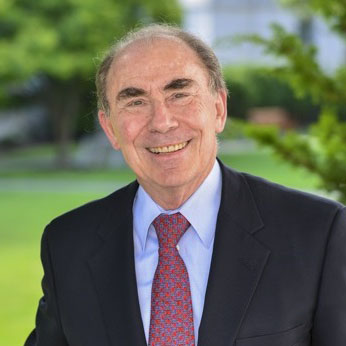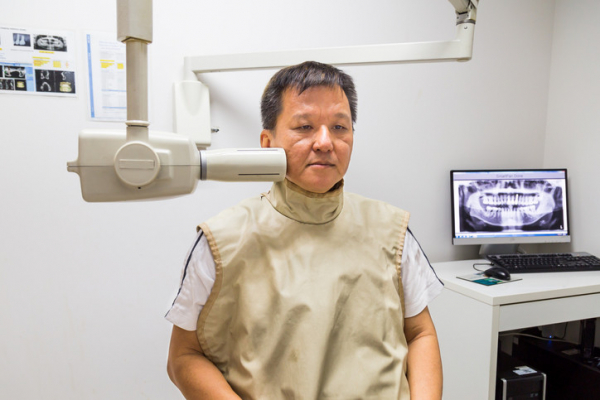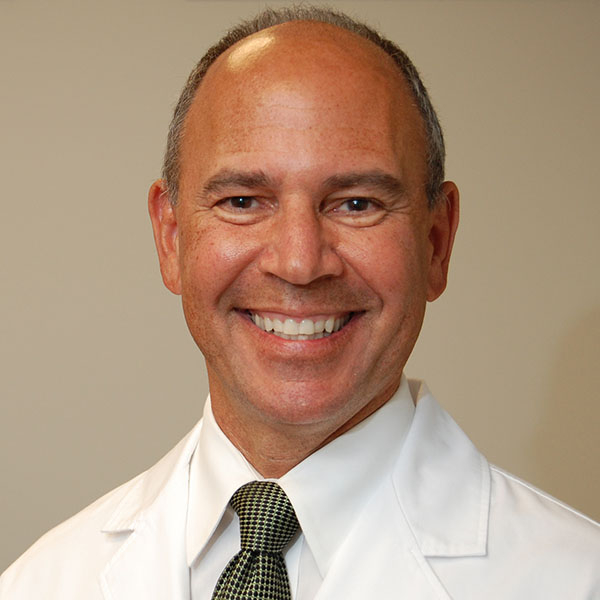4 things everyone needs to know about measles
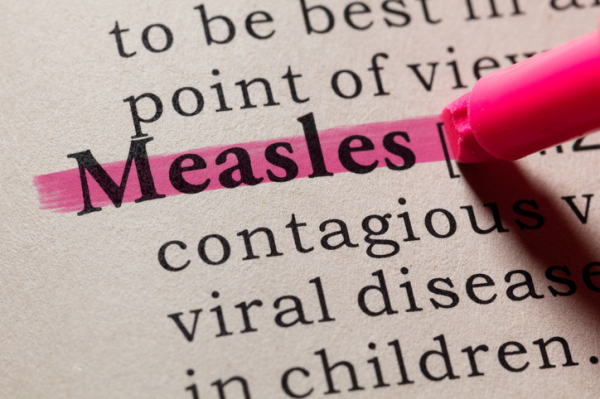

When measles broke out in 31 states several years ago, health experts were surprised to see more than 1,200 confirmed cases –– the largest number reported in the US since 1992.
Measles is a very contagious, preventable illness that may cause serious health complications, especially in younger children and people who are pregnant, or whose immune systems aren’t working well. While a highly effective vaccine is available, vaccination rates are low in some communities across the US. This sets the stage for large outbreaks.
Here are four things that everyone needs to know about measles.
Measles is highly contagious
This is a point that can’t be stressed enough. A full 90% of unvaccinated people exposed to the virus will catch it. And if you think that just staying away from sick people will do the trick, think again. Not only are people with measles infectious for four days before they break out with the rash, but the virus can live in the air for up to two hours after an infectious person coughs or sneezes. Just imagine: if an infectious person sneezes in an elevator, everyone riding that elevator for the next two hours could be exposed.
It’s hard to know that a person has measles when they first get sick
The first symptoms of measles are a high fever, cough, runny nose, and red, watery eyes (conjunctivitis), which could be confused with any number of other viruses, especially during cold and flu season. After two or three days people develop spots in the mouth called Koplik spots, but we don’t always go looking in our family members’ mouths. The characteristic rash develops three to five days after the symptoms begin, as flat red spots that start on the face at the hairline and spread downward all over the body. At that point you might realize that it isn’t a garden-variety virus — and at that point, the person would have been spreading germs for four days.
Measles can be dangerous
Most of the time, as with other childhood viruses, people weather it fine, but there can be complications. Children less than 5 years old and adults older than 20 are at highest risk of complications. Common and milder complications include diarrhea and ear infections (although the ear infections can lead to hearing loss), and one out of five will need to be hospitalized, but there also can be serious complications:
- One in 20 people with measles gets pneumonia. This is the most common cause of death from the illness.
- One in 1,000 gets encephalitis, an inflammation of the brain that can lead to seizures, deafness, or even brain damage.
- One to three in 1,000 children who get it will die.
Another possible complication can occur seven to 10 years after infection, more commonly when people get the infection as infants. It’s called subacute sclerosing panencephalitis, or SSPE. While it is rare (four to 11 out of 100,000 infections), it is fatal.
Vaccination prevents measles
The measles vaccine, usually given as part of the MMR (measles-mumps-rubella) vaccine, can make all the difference. One dose is 93% effective in preventing illness; two doses gets that number up to 97%.
- Usually, the first dose is given between ages 12 to 15 months.
- A second (booster) dose is commonly given between ages 4 to 6, although it can be given as early as a month after the first dose.
- If an infant ages 6 to 12 months will be going to a place where measles regularly occurs, a dose of vaccine can be given as protection. This extra dose will not count as part of the required series of two vaccines.
The MMR is overall a very safe vaccine. Most side effects are mild, and it does not cause autism. Most children in the US are vaccinated, with 91% of 24-month-olds having at least one dose and about 93% of those entering kindergarten having two doses.
Herd immunity occurs when enough people are vaccinated that it’s hard for the illness to spread. It helps protect those who can’t get the vaccine, such as young infants or those with weak immune systems. To achieve this you need about 95% vaccination, so the 93% isn’t perfect — and in some states and communities, that number is even lower. Most of the outbreaks we have seen over the years have started in areas where there are high numbers of unvaccinated children.
If you have questions about measles or the measles vaccine, talk to your doctor. The most important thing is that we keep every child, every family, and every community safe.
About the Author

Claire McCarthy, MD, Senior Faculty Editor, Harvard Health Publishing
Claire McCarthy, MD, is a primary care pediatrician at Boston Children’s Hospital, and an assistant professor of pediatrics at Harvard Medical School. In addition to being a senior faculty editor for Harvard Health Publishing, Dr. McCarthy … See Full Bio View all posts by Claire McCarthy, MD
